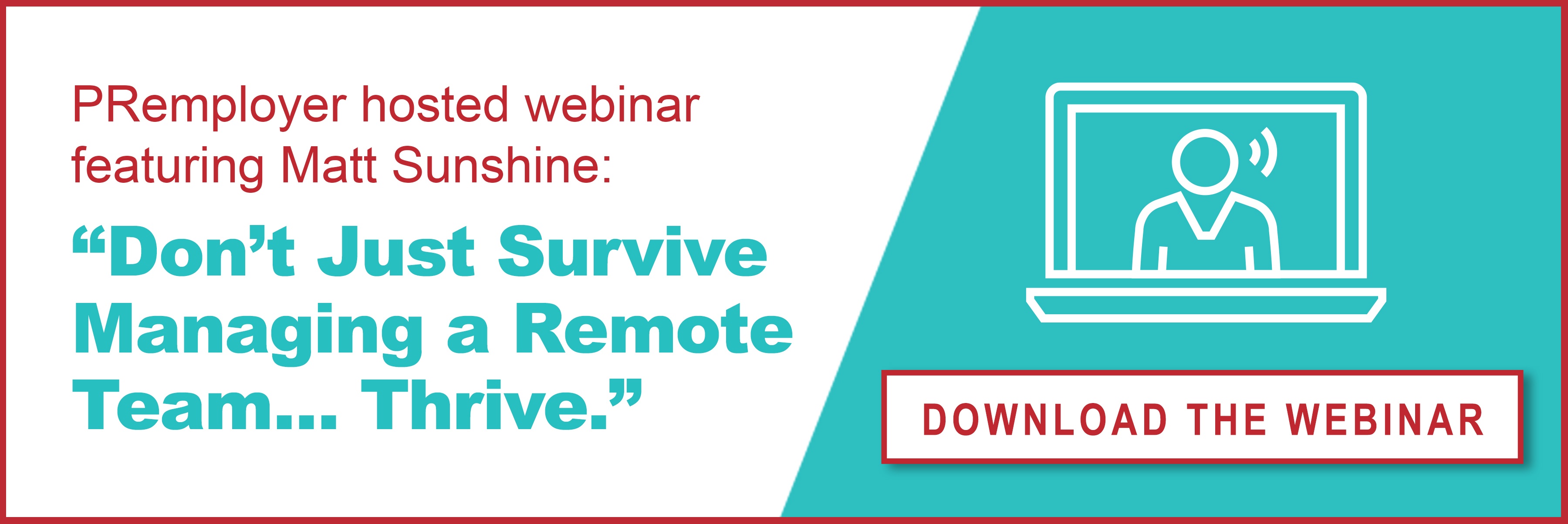
There are many ways to reduce the costs and complexities associated with human resources. One of them is to partner with a Professional Employment Organization. However, PEO partnerships can be confusing because of co-employment, which splits the responsibilities between the client and the PEO.
What is Co-Employment?
In a co-employment situation, the employee has two employers. The first is the client, who determines hiring, firing, promotions, raises, work conditions, etc. For day-to-day operations, the client has complete control over the employee and their work.
The PEO, meanwhile, becomes the "employer of record," handling many of the responsibilities normally taken on by human resources. This makes it an ideal solution for small companies who have an overwhelmed HR department or no HR department at all.
Because the PEO is the employer of record, they show up as the person's employer for all tax and regulatory concerns. That is, however, the only control they have over your employee.
Benefits of Co-Employment
Co-employment has some major benefits for you and for your employees. They include:
- A significant reduction in the amount of time spent dealing with HR.
- Lower health insurance premiums and provide a better health care plan than you could afford on your own.
- Reduced risk of non-compliance
- Offering better benefits allows you to attract a higher quality of employees.
These benefits are particularly valuable if your "HR person" is you or another high-level employee who is doing HR when not engaged in other functions. They help keep you from spending time on HR that you need for your core business.
Two Myths About Co-Employment
Because a lot of people don't understand co-employment, a lot of myths circulate about it. Some of those misconceptions spread widely:
Co-Employment Causes You to Lose Control Over Your Employees
Another myth is that co-employment is giving up control over your employees. This is not true. A good PEO will help you put together the right benefits package, deal with compliance, but stay out of operations. There are liability concerns for them if they start dictating working conditions.
You get to hire, fire, promote, and train your people just the same as if you were the sole employer. The only role in this process is to update their records so they are paid correctly.
Co-Employment and Joint Employment Are the Same Thing
Joint employment happens when more than one company is responsible for an employee. In general, you don't want to end up in a joint employment situation, because that can result in you being liable for the other company's actions (such as if they don't pay the employee and they sue). This can sometimes happen with staffing agencies.
With co-employment with a PEO, you will not end up in an unintentional joint employment situation. The Department of Labor specifically says that maintaining employee records alone does not lead to joint employer status. Because PEOs don't have any control over your employees' work conditions, there's no question about who is liable for what.
Conclusion
For tax purposes, the PEO is "employer of record." They are responsible for employee records, taxes, compliance, and administering benefits. However, for all other purposes, you are the employer and can act as such freely without interference from the PEO. All you have to do is make sure they have the up-to-date information they need to administer payroll and benefits.
Co-employment with a PEO can save you a lot of time and money and allow you to give better benefits for less cost. This benefits both you and your employees and allows everyone to concentrate on your core business.

